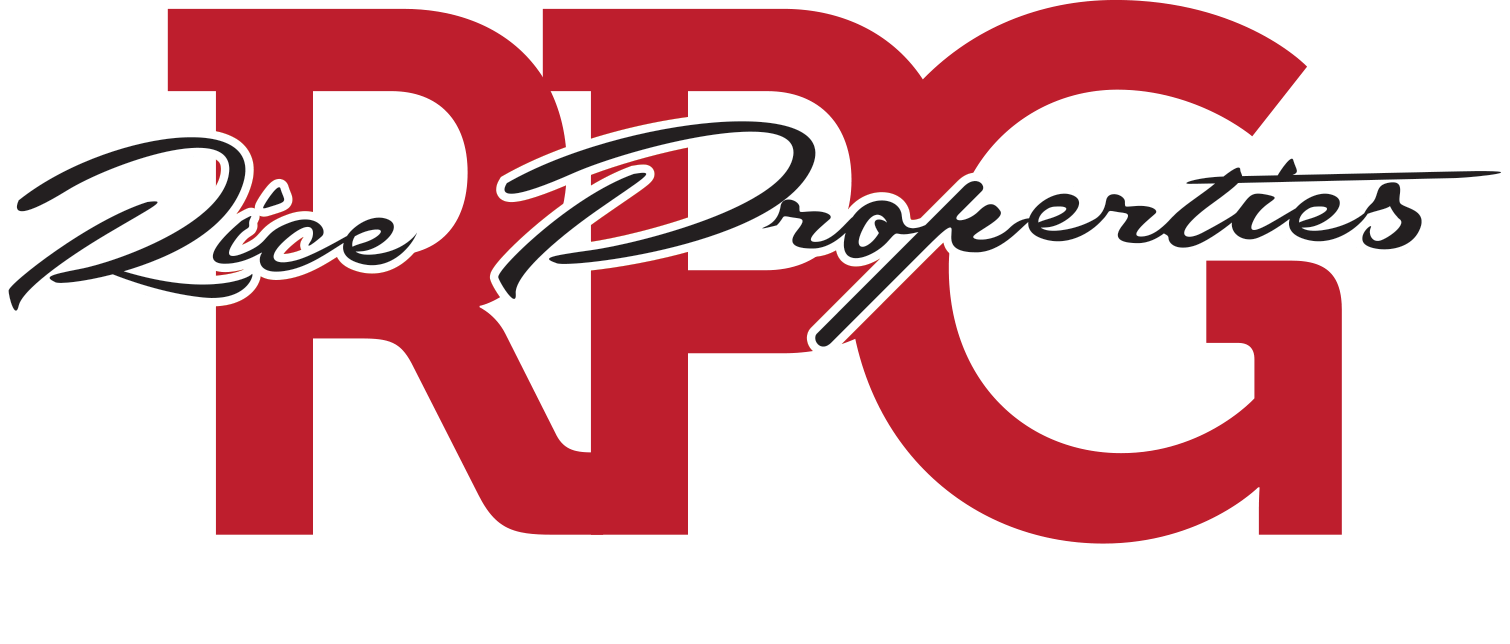Preparing your home for a home inspection
When selling your home in today’s market, it is quite common that the buyers will have a home inspection contingency in place. Typically, there are two options for this contingency:
- “Option to Negotiate Repairs or Void.”
- “Option to Void Only.”
So, what does this mean for you, the seller? We will answer this question and provide you with tips on how best to prepare for the home inspection in this blog.
First, a home inspection contingency means that the buyers will hire a licensed home inspector to come to your home and spend anywhere between 2-4 hours inspecting every aspect of your home to see how things are functioning. They will write up a very detailed report that is shared with the buyers and their agent. If option #1 (above) was checked off on the ratified contract, then the buyers can provide the sellers with a list of repairs that they would like to have completed prior to closing. Or, in some cases, the buyers may ask for a credit at closing in lieu of the repairs. The sellers then have the option to negotiate these requests, often coming to a middle ground. Once an agreement is reached, the contingency is removed. Alternatively, with this option the buyers can also choose not to ask for any repairs or credits and can instead cancel the contract with no repercussions. If option #2 (above) was checked off on the ratified contract, then the buyers can choose to move forward with the purchase of the home as-is or they can choose to cancel the contract based off of the findings during the home inspection.
So what can you, as the seller, do to prepare your home for the best home inspection results? Here are a few suggestions:
- Walk around your home and note any home maintenance issues that you have neglected
- Replace burned out lightbulbs
- Install any missing outlet covers
- Replace/repair any rotten boards on your deck or fence
- Repair any leaky toilets or faucets
- Replace any missing roof shingles
- Fix any sticky windows or sliders
- If any screens are torn or missing repair/replace
- Any wood rot should be repaired and repainted
- Any major cracks in the driveway and walkways should be repaired
- Landscaping should be in good shape
- Outdoor downspouts should funnel water away from the home
- Make sure all major appliances in your home work properly
- Replace HVAC filters
- Check that the AC works, even during winter months
- Make sure all appliances work – Test the temperature of ovens and refrigerators, all knobs and buttons work, the water in the refrigerator is functioning
- Test that the garage door is working well
- Check your attic spaces and crawl spaces
- The trusses are in good shape
- No signs of rodents (remove any traps)
- Insulation is in good shape
- Any vapor barriers in crawl spaces are intact
- No mold
- Ensure that the home inspector can access all parts of your home, even basement and attic storage spaces
- Give your home a good cleaning
- Compile paperwork for any updates, repairs, permits, etc that you have done in the home over the years
- Plan to stay out of the home for several hours and remove pets while the home inspection is going on
Some homeowners elect to have a pre-sale home inspection conducted to assist them in identifying areas that might be red flags. Note that this can be an out of pocket cost of approximately $500-800, depending on the size of your home. Also, not all home inspectors are considered equal, so while one home inspector may find an issue, another may not.
Having your home inspected can be quite stressful, however, with the right preparation, you can make it through with few issues and get to the closing table!
For more great blogs on how to prepare your home to sell, visit our website at https://ricepropertiesgroup.com!


